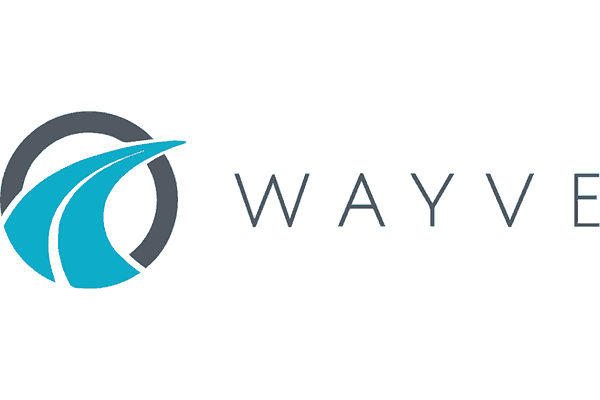The suit count is way up making Nokia and Android the most exciting development.
MWC Day 1
- MWC 2014 has attracted more visitors than ever but the void of news flow hallmarks what is becoming an increasingly mature industry.
- The jeans and t-shirts which were rare in 2013 are now almost extinct and continue to be replaced with endless dark grey suits.
- This is not a negative sign but it shows that the industry is becoming middle aged.
- The smartphone is now mainstream and will grow at about half the rate in 2014 that it did in 2013.
- Add in 10% ASP erosion and the addressable market revenue growth will be in mid-single digits best case.
- This underlines Radio Free Mobile’s view that the place to look for growth in the medium term remains the ecosystem.
- Ecosystem users are set to grow nicely over the next three years and companies that are exposed to the number of users rather than handset shipments will see much better growth.
- Look for Google, Microsoft and Yahoo! And forget about HTC, BlackBerry, LGE and other commodity plays.
Nokia – X hits the spot?
- Nokia X is not Android. It is Nokia trying to get the Windows Ecosystem into price points that Windows Phone cannot yet touch.
- Nokia has launched a series of devices based on Android but this is much more about pushing the Windows Ecosystem than it is about going off in a new direction.
- Android is an operating system upon which ecosystems can be built.
- First and foremost of these is Google which consists of non-open source software that provides access to all of its services including the Google Play app store.
- Nokia only has access to the base level Android OS which is becoming increasingly basic as Google moves more and more of the functionality into GMS (Google Mobile Services – the software that sits on top of Android).
- Nokia has taken this base piece of Android and implemented as much of the Windows Ecosystem on top of it that it can.
- This has the advantage of allowing the Windows Ecosystem to reach lower price points that it can today and also of running Android apps.
- Nokia claims that most Android apps will run without any porting at all.
- However, one can be pretty sure that the cool apps that most users will want (ones that involve network access) will require some degree of porting.
- To help the platform’s appeal to developers and users Nokia is enabling operator billing for apps through its store.
- It has agreements in place with 160 operators in 60 territories that will allow users to pay for apps and services via their telephone bill or prepaid credit.
- This removes one of the hurdles for developers in terms of getting paid and also makes like easier for the users many of whom will not want or not be able to use a credit card.
- The biggest problem with this offering is the price.
- The cheapest device is being offered at $120 putting it squarely in the low to mid-range of Android.
- This may not be enough to wean users of the Android ecosystem and, just like Windows Phone, a great experience at retail will be required to entice users to make the switch.
- This has been badly executed by Microsoft in 2013 but I hope that the company has learned that putting a blank device in the hand of a user is not enough.
- This is especially the case when one is coming from behind.
- There is still a huge amount of ground to make up but a good marketing campaign behind this offering could give the Windows ecosystem a badly needed leg up.









Blog Comments
tatilsever
February 25, 2014 at 8:08 pm
>”This may not be enough to wean users of the Android ecosystem […]”
Do you think the customers are asking for an Android phone at that price range or are they asking for *a* smart phone that looks and works well for them? Considering the different skins different EOMs put on their Android phones, they all look somewhat different, so retail availability, marketing commissions to retail staff, the looks and brand name may be more important than whether Google Maps are now replaced by Nokia’s Maps.
If Nokia can put active devices at retail demo stations instead of dummy devices, the interface of WP is more intuitive for a user browsing different phones than Android skins with tons of pages of “desktops” with favorited and temporary files along with endless pages of bloatware apps. It may be able to persuade many Android developers to support its devices even if slight modifications are necessary. That sounds less burdensome than developing for a completely different OS using a different SDK.
windsorr
February 27, 2014 at 12:53 am
I agree…maybe wean was too strong a description. I think that Android has quite low loyalty and that in fact a goiod expereince at retail could have users walking oiut with Windows phones.
Tatilsever
February 27, 2014 at 2:51 am
If only Nokia had its own retail stores… 🙂